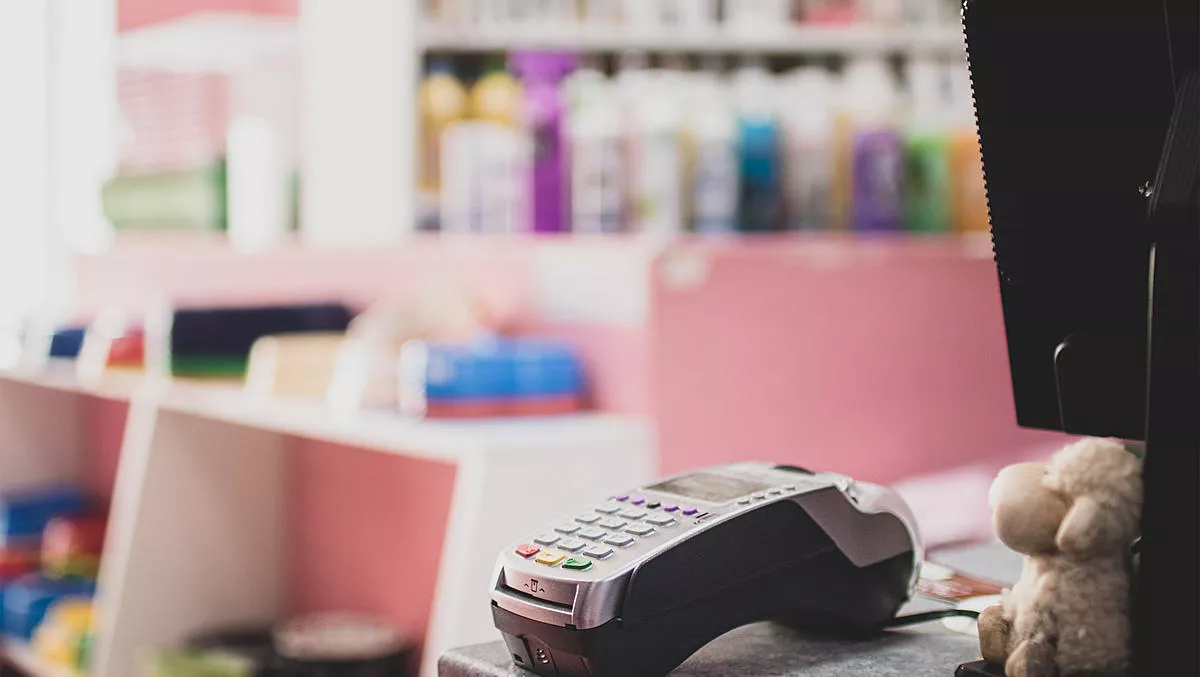
Tap-and-go paywave payments the new norm in a COVID-19 world, Mastercard research shows
Consumers are increasingly turning to contactless card payments for necessary purchases as COVID-19 distancing restrictions continue, according to Mastercard.
Consumer polling by Mastercard showed a significant majority of consumers were using the technology during February and March. Citing safety and cleanliness, 79% of people worldwide and 91% in Asia Pacific say they are now using tap-and-go payments.
"The act of going to the store for eggs, toilet paper, medicine and other necessities has changed dramatically this year. Shoppers have had to adjust to new challenges when buying everyday supplies – a shift in behaviour that is particularly clear at checkout as people express a desire for contactless cards and voice concerns over cleanliness and safety at the point of sale," Mastercard says.
The new Mastercard survey shows:
- Contactless cards move to top of wallet – Perceptions of safety and convenience have spurred a preference for contactless cards and reminded consumers of the ease of tapping. Globally, 46% of respondents have swapped their top-of-wallet card for one that offers contactless. In Asia Pacific, 51% of people have made the swap.
- Confidence in contactless – COVID-19 has increased concerns about cash usage and led to positive perceptions about contactless due to the safety and peace of mind it provides. The majority of respondents (82%) globally view contactless as the cleaner way to pay, with 80% in Asia Pacific saying the same. Contactless payments are up to 10 times faster than other in-person payment methods, enabling customers to get in and out of stores faster.
- Contactless is here to stay – We are in a sustained period where consumers are making purchases in a very focused way. That's reinforcing contactless use in markets where adoption is more mature and it's stimulating use in newer markets. This trend appears to be here to stay as 74% of people globally and 75% in Asia Pacific state they will continue to use contactless after the pandemic is over.
"Mastercard's survey shows a clear shift to contactless – especially in Asia Pacific – as COVID-19 changes the payments landscape and the way people shop now and in the future," explains Sandeep Malhotra, executive vice president, products - innovation, Asia Pacific, Mastercard.
"The fact that 3 in 4 people intend to keep using tap-and-go after the pandemic is a strong sign that consumers see the long-term benefits of having a safer, cleaner way to pay, checking out faster and being more socially responsible.
Contactless Tipping Point
Mastercard says it has been spearheading the worldwide shift to contactless for years, championing the simple, safe and fast way to pay. Now, as consumers increasingly seek ways to get in and out of stores quickly without touching payment terminals, Mastercard data reveals more than 40% growth in contactless transactions globally in the first quarter of 20201. More than 80% of contactless transactions are under US$25, a range typically dominated by cash.
While countries worldwide are at different stages of contactless card deployment and usage for daily shopping, Mastercard's insights on trends at grocery stores and pharmacies – where many day-to-day essentials are being purchased – showed nearly all regions experienced significant spikes in February and March.
Reinforcing changing behaviours and consumer checkout preferences, Mastercard saw the number of tap-and-go card payments at grocery stores and pharmacies grow twice as fast as non-contactless transactions globally and 2.5 times faster in Asia Pacific.
Last month, Mastercard announced commitments to increase contactless payment limits in more than 50 countries worldwide in Europe, the Middle East, Africa, Asia Pacific, Canada, Latin America and the Caribbean. Limit increases were part of Mastercard's global effort to make sure consumers, merchants and small businesses have the resources to pay safely, receive payment and maintain operations during the COVID-19 crisis.


